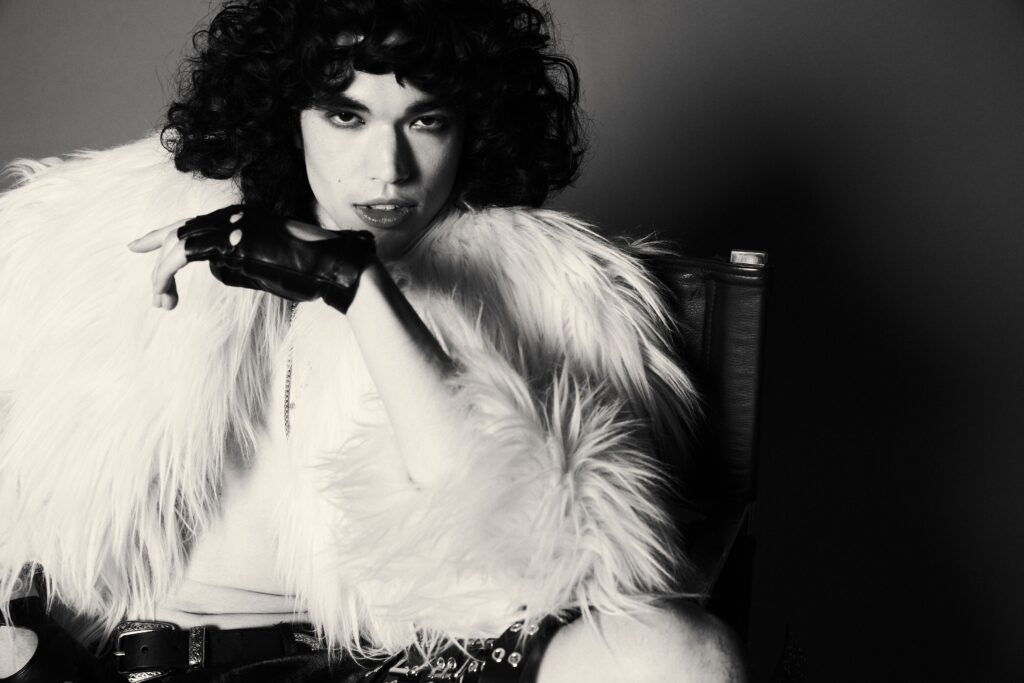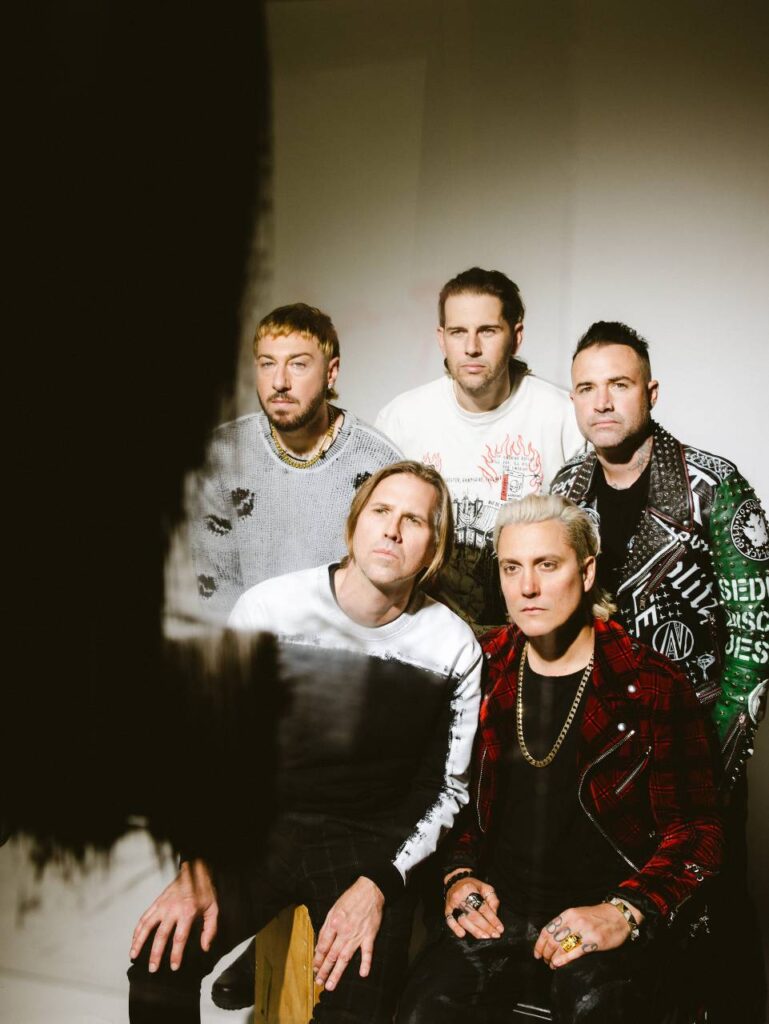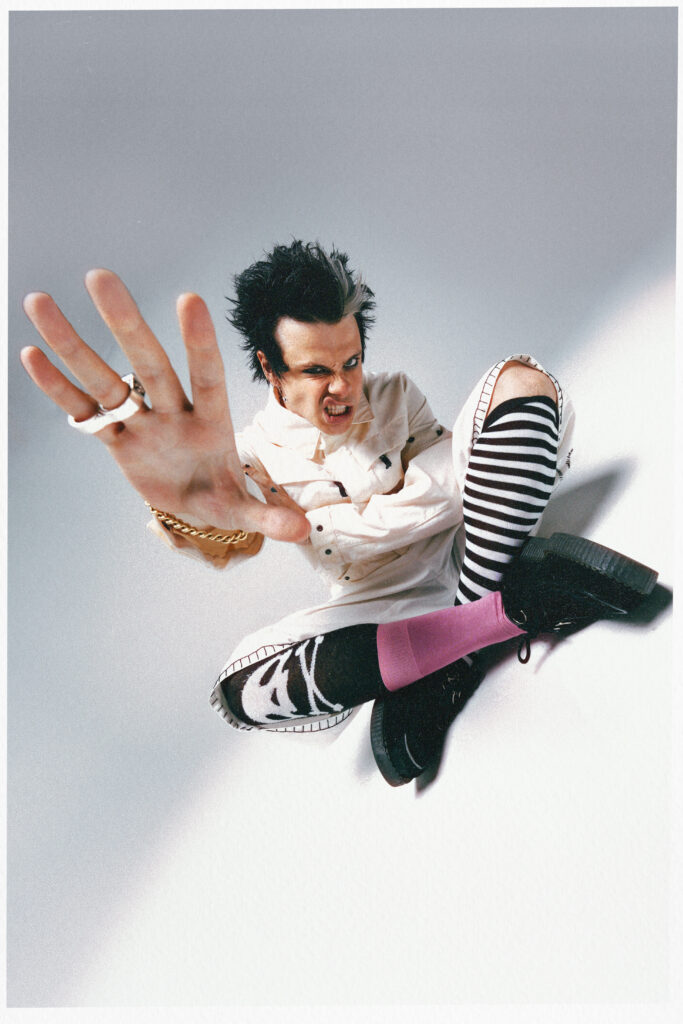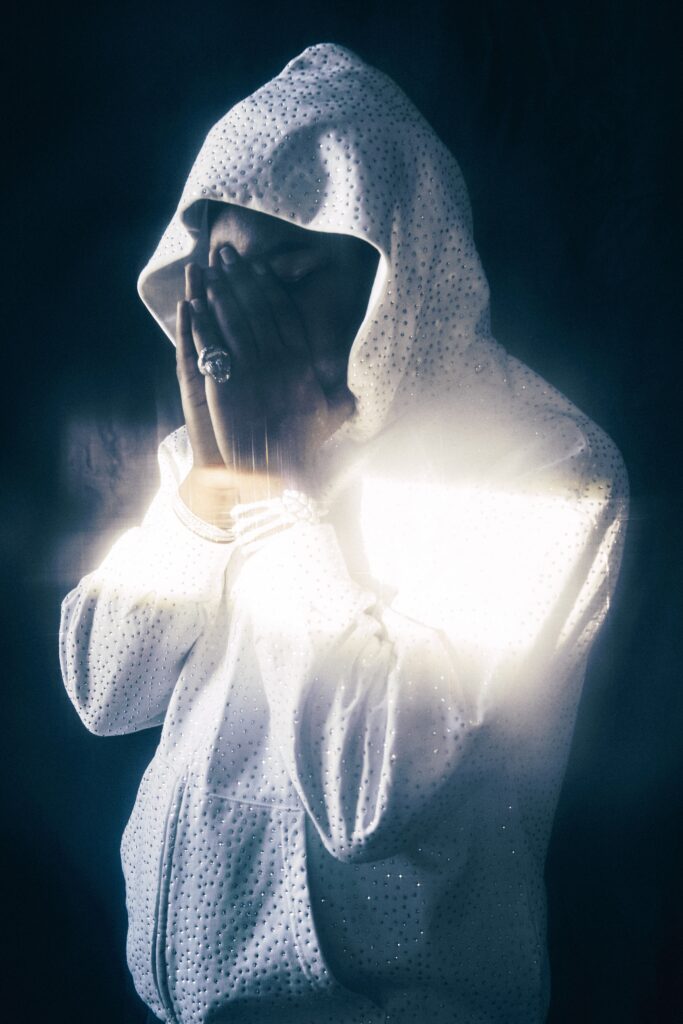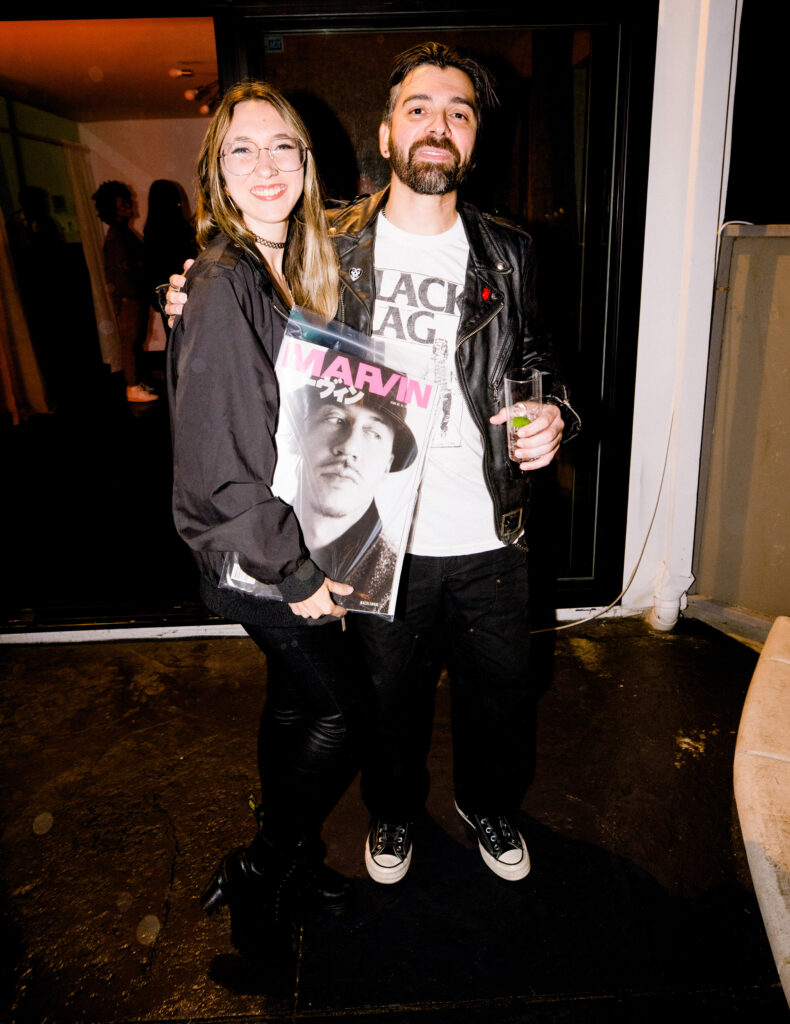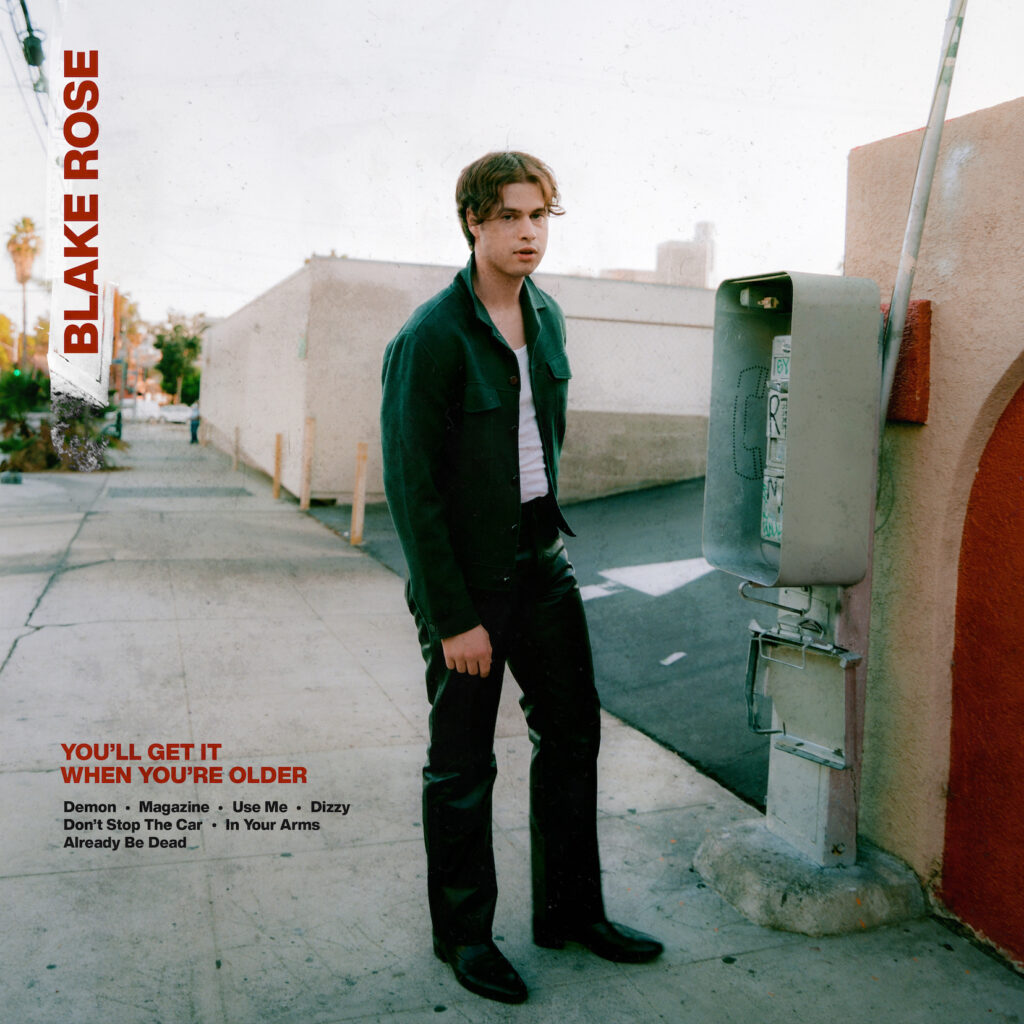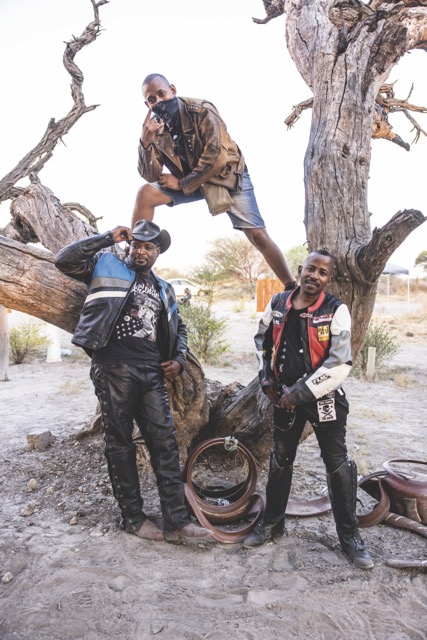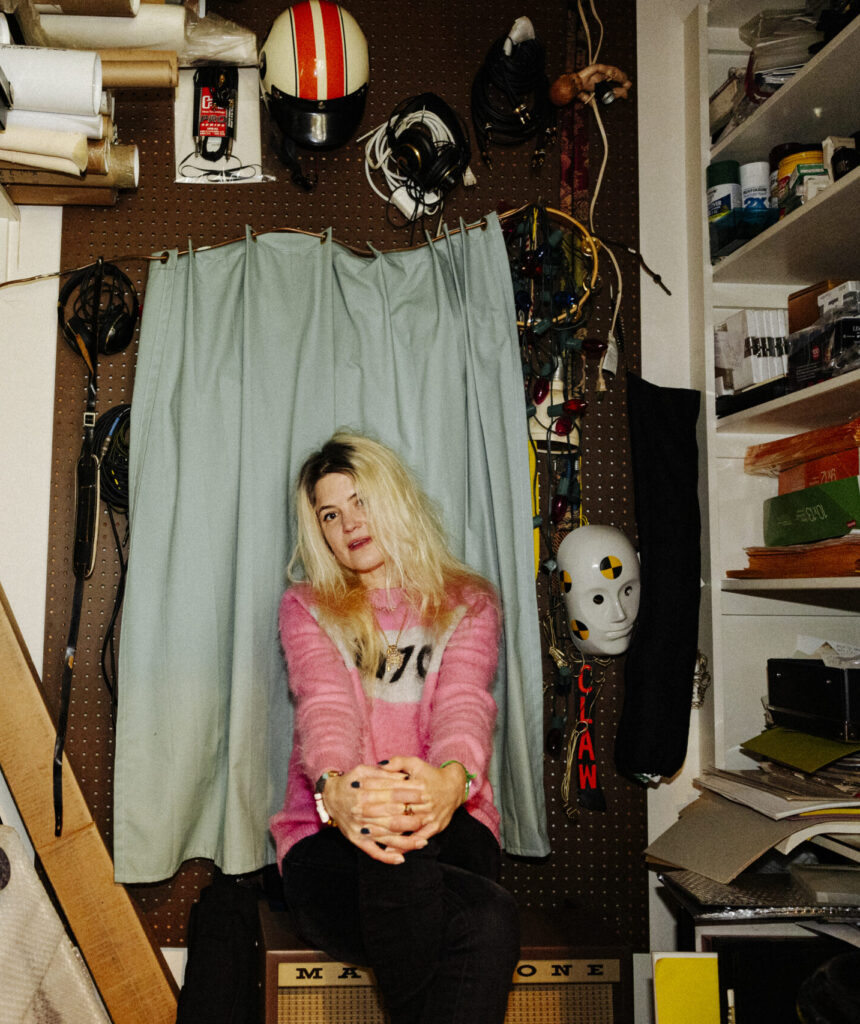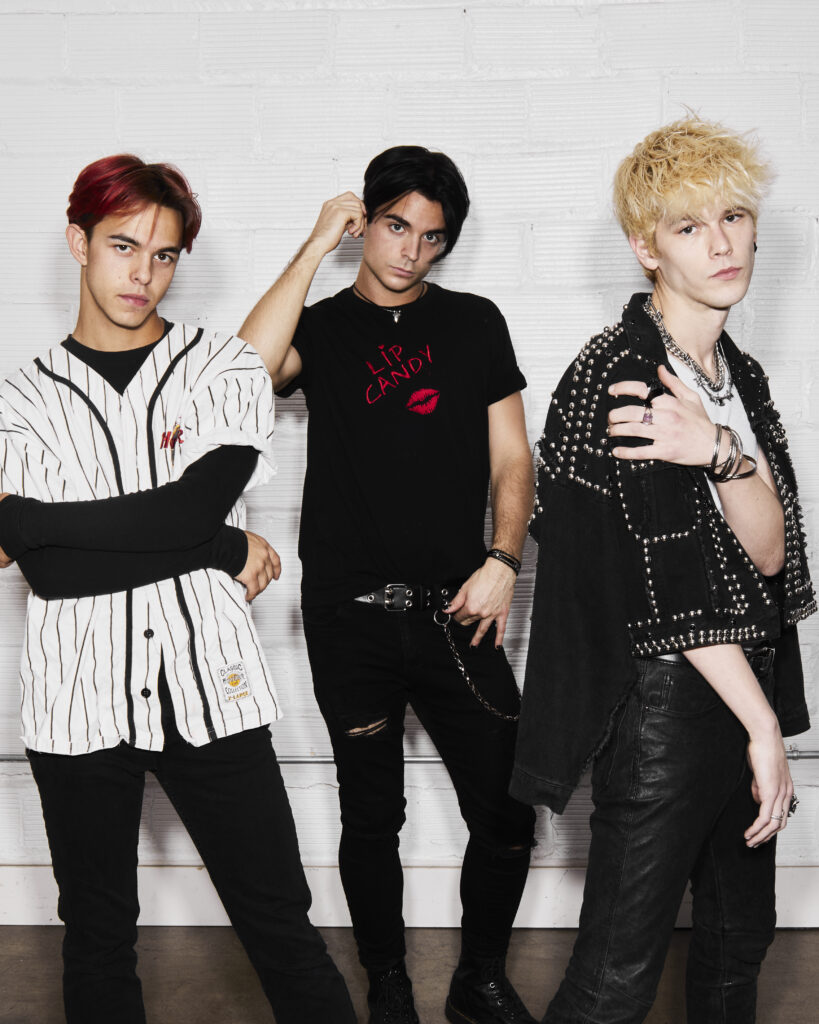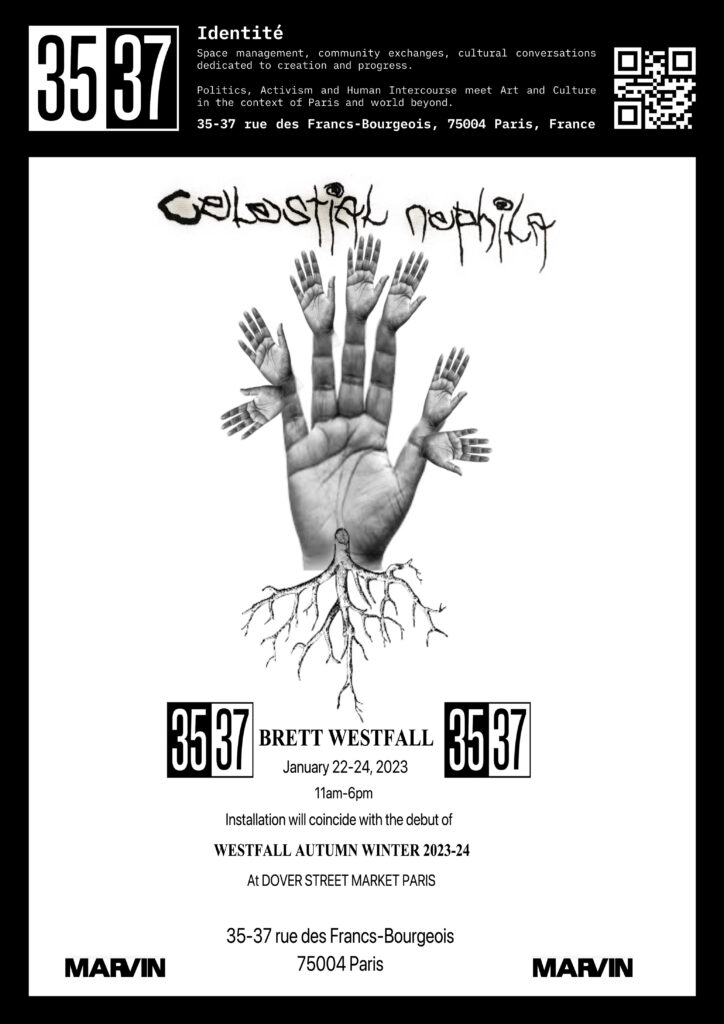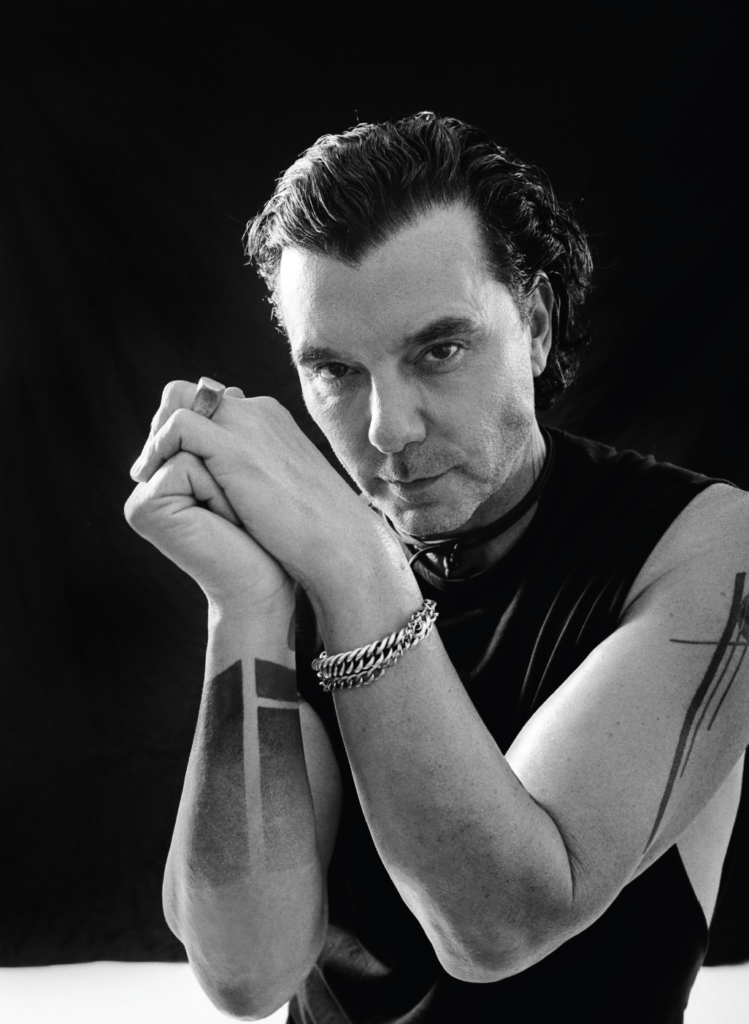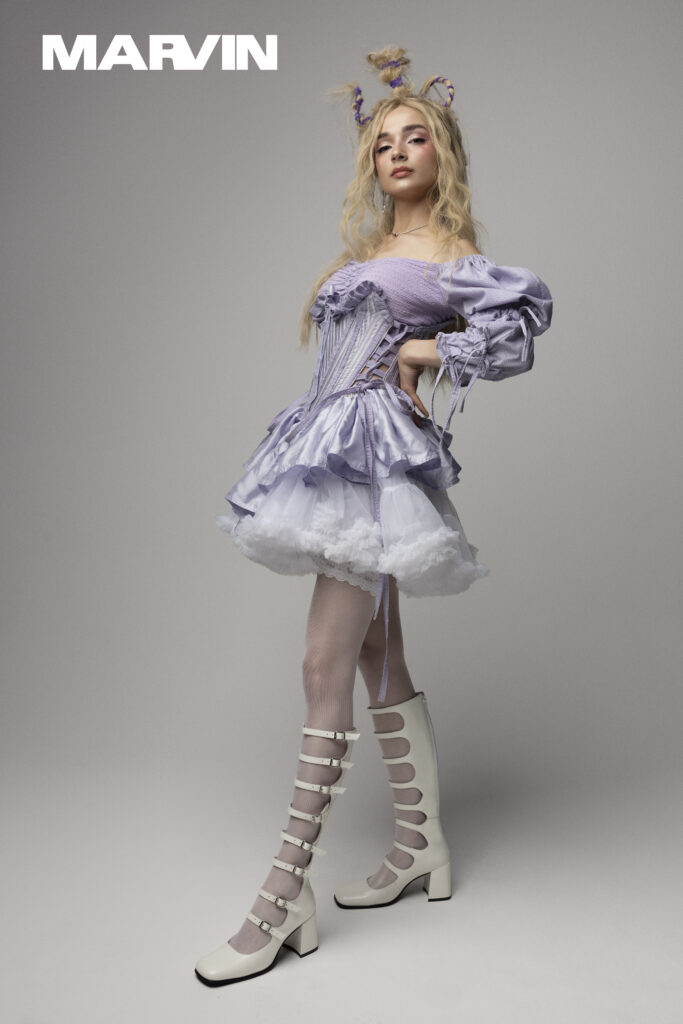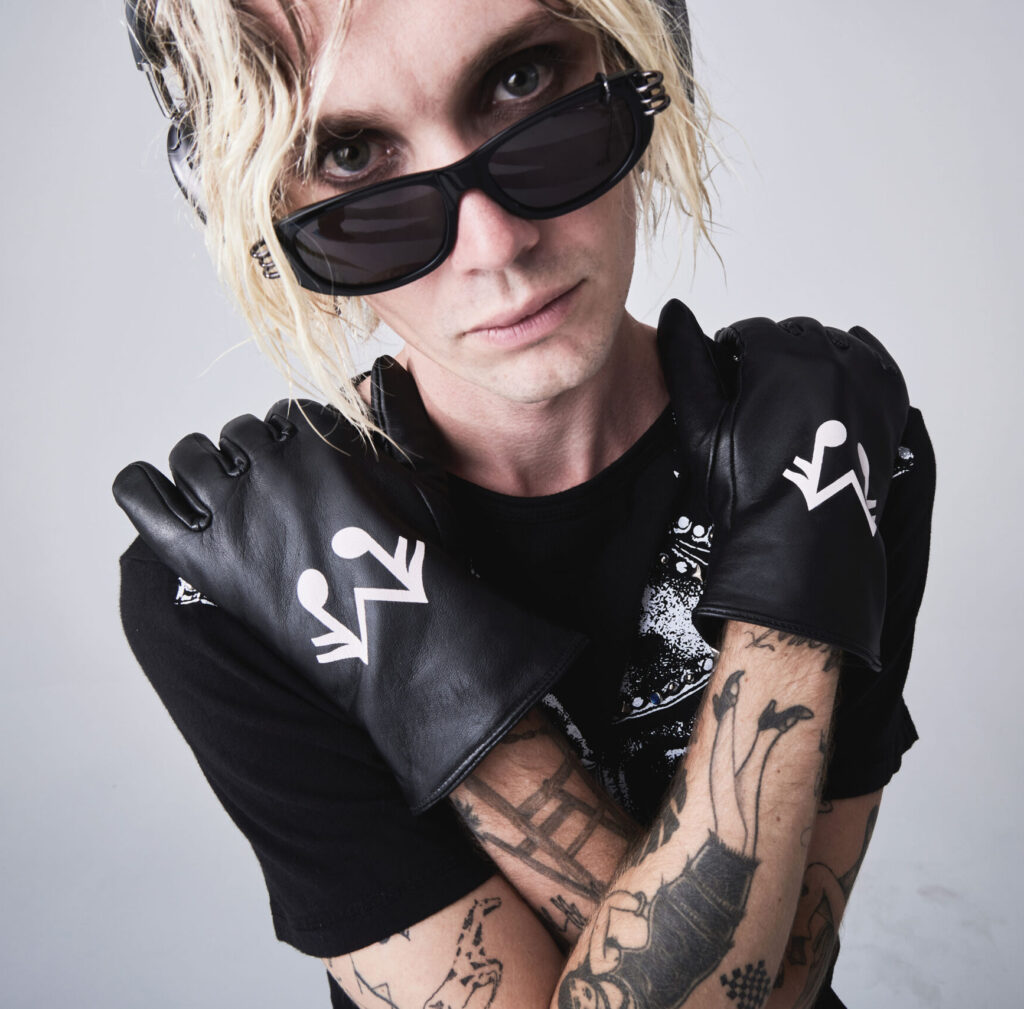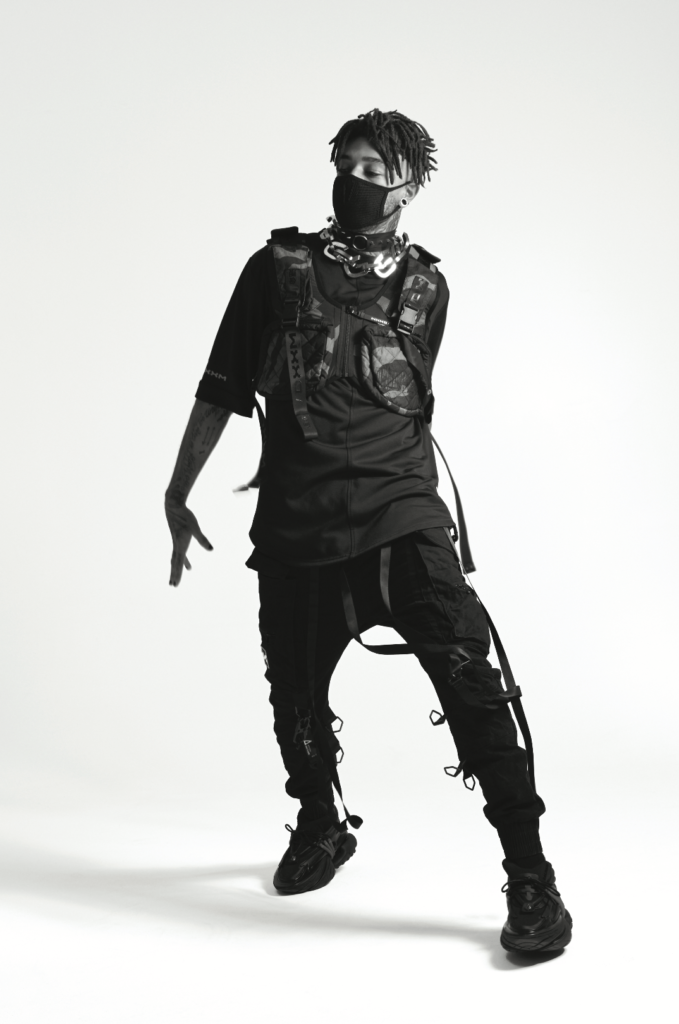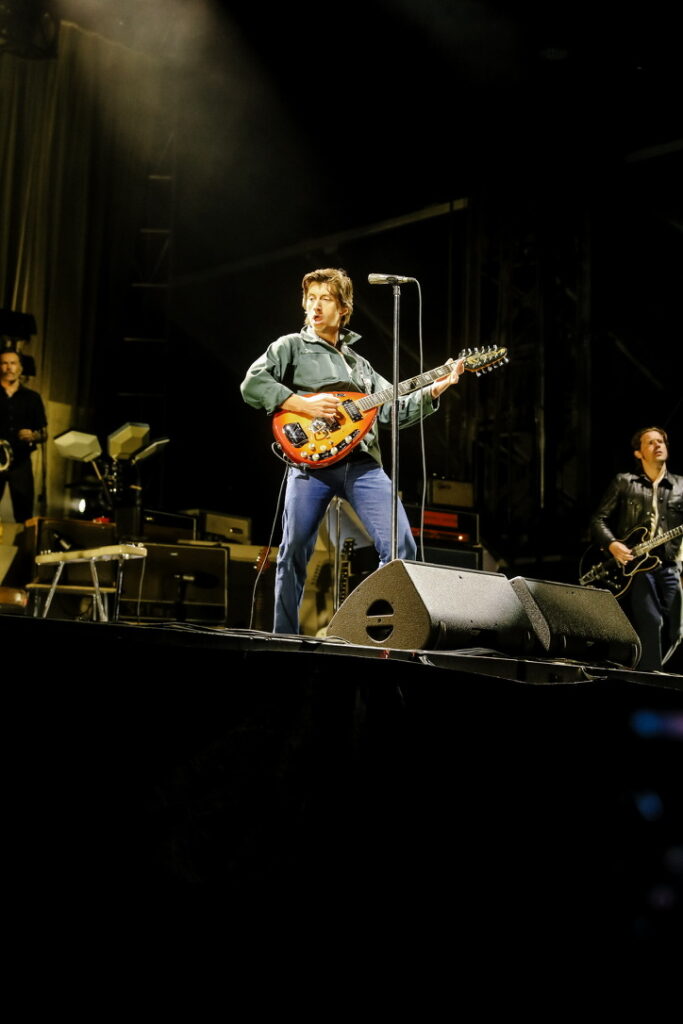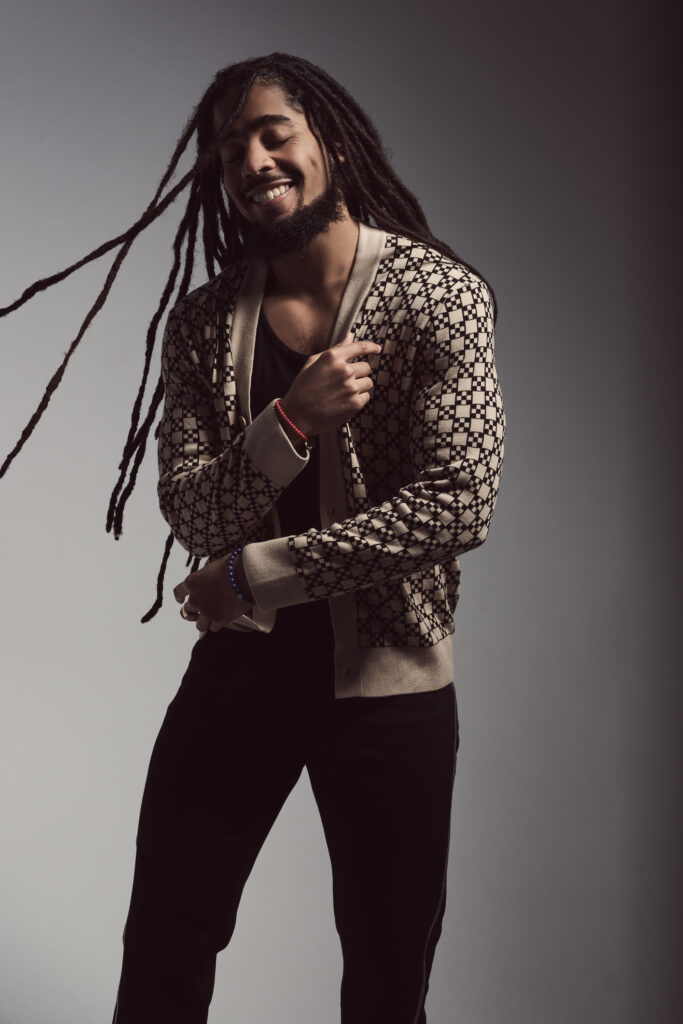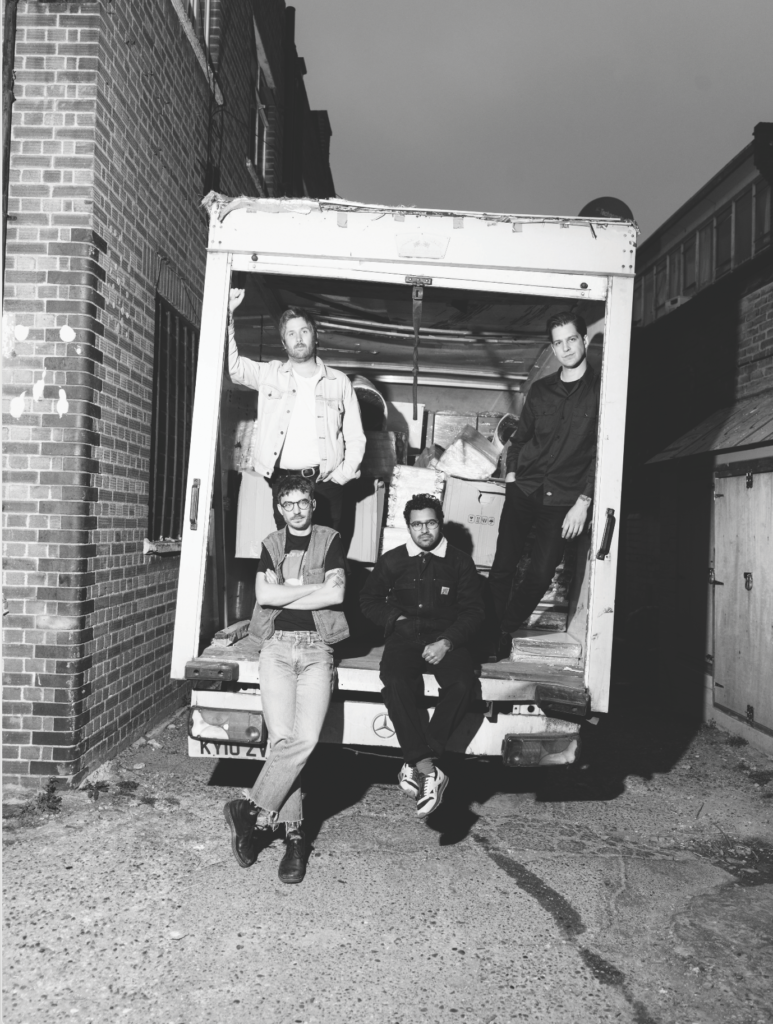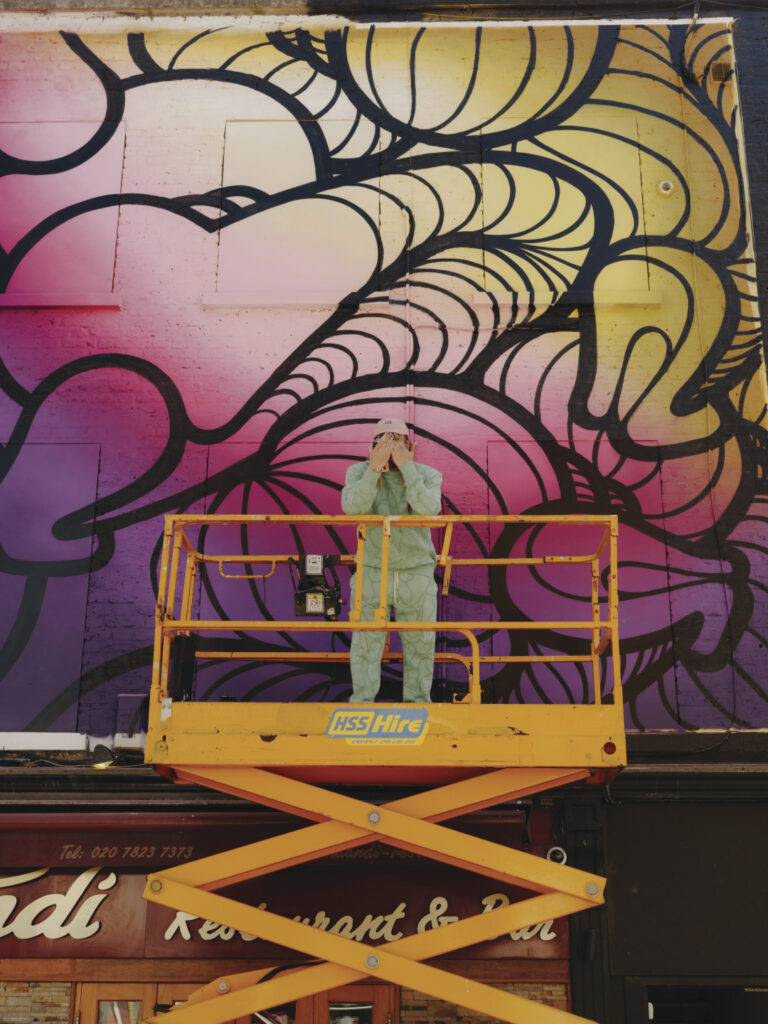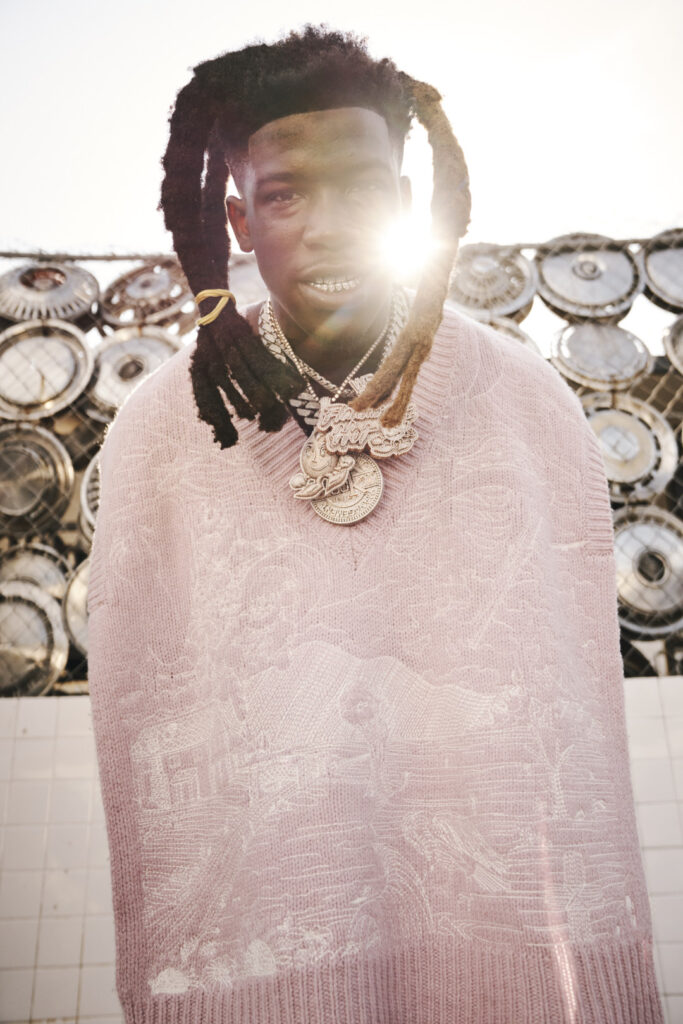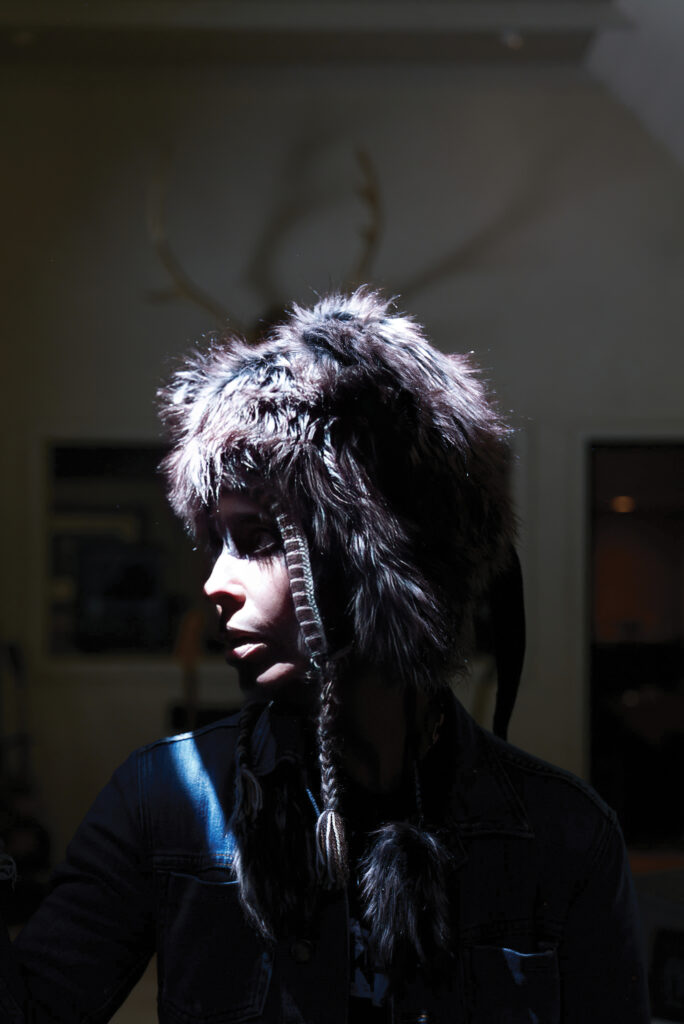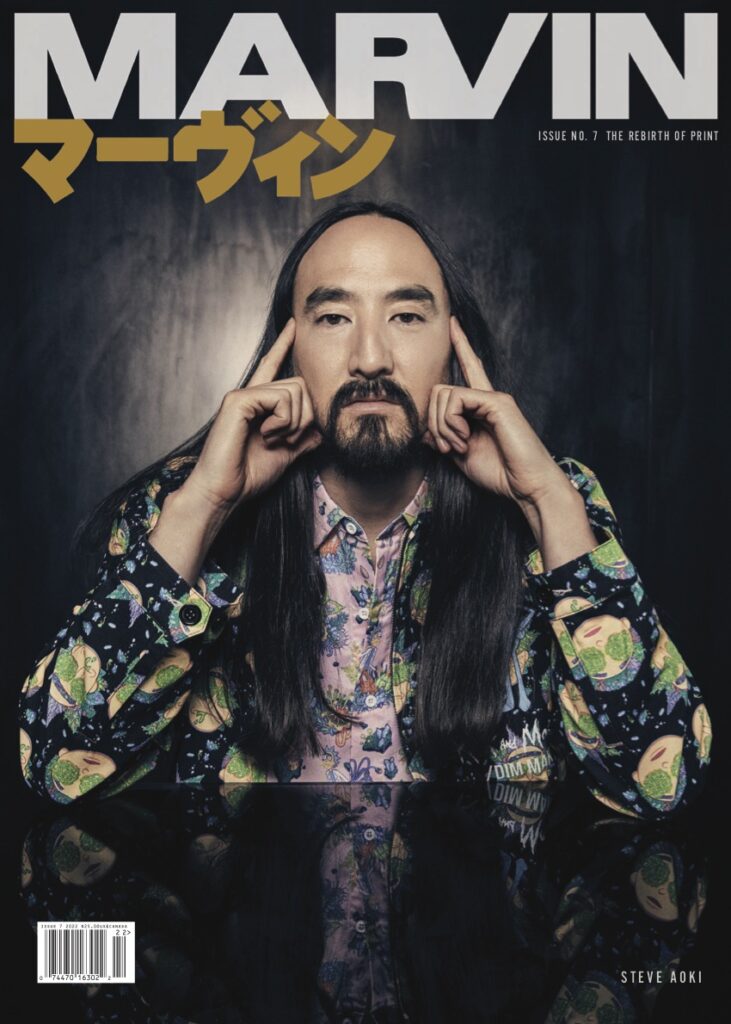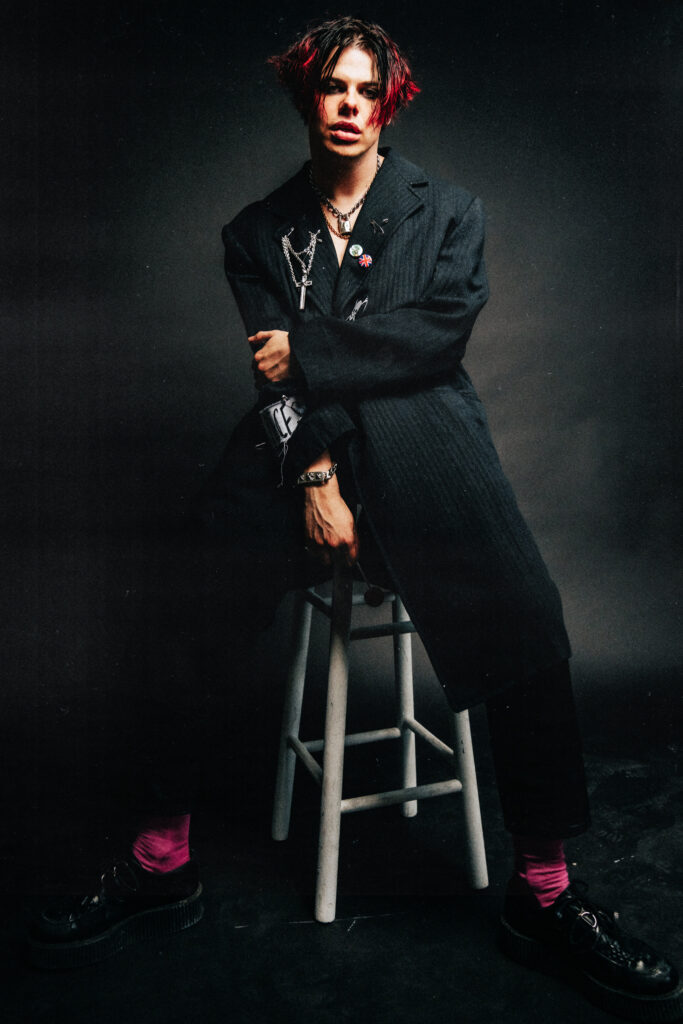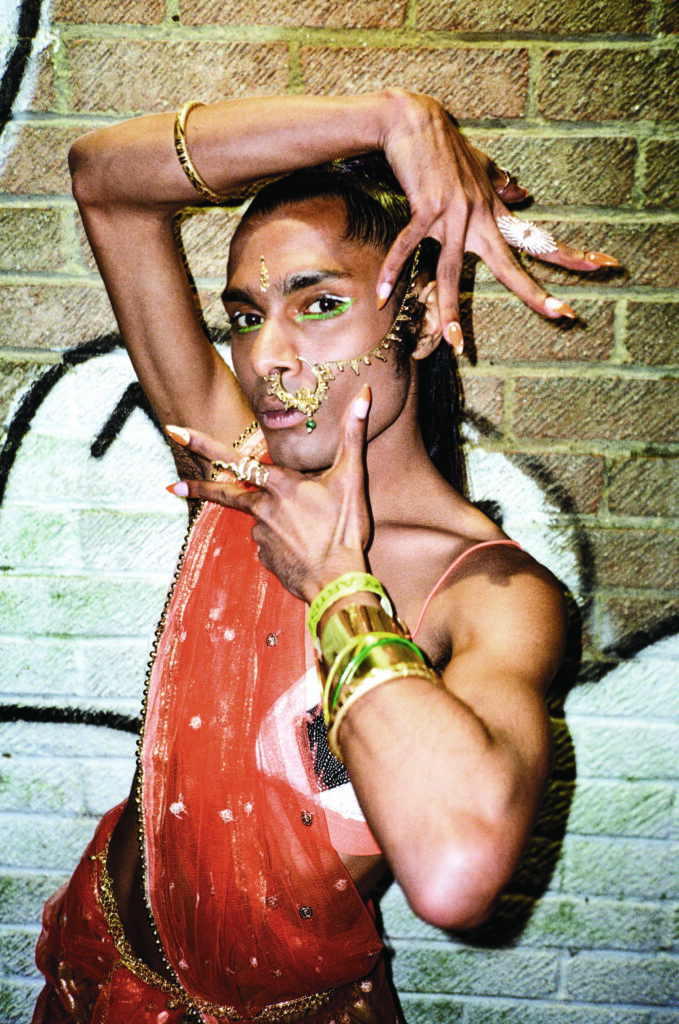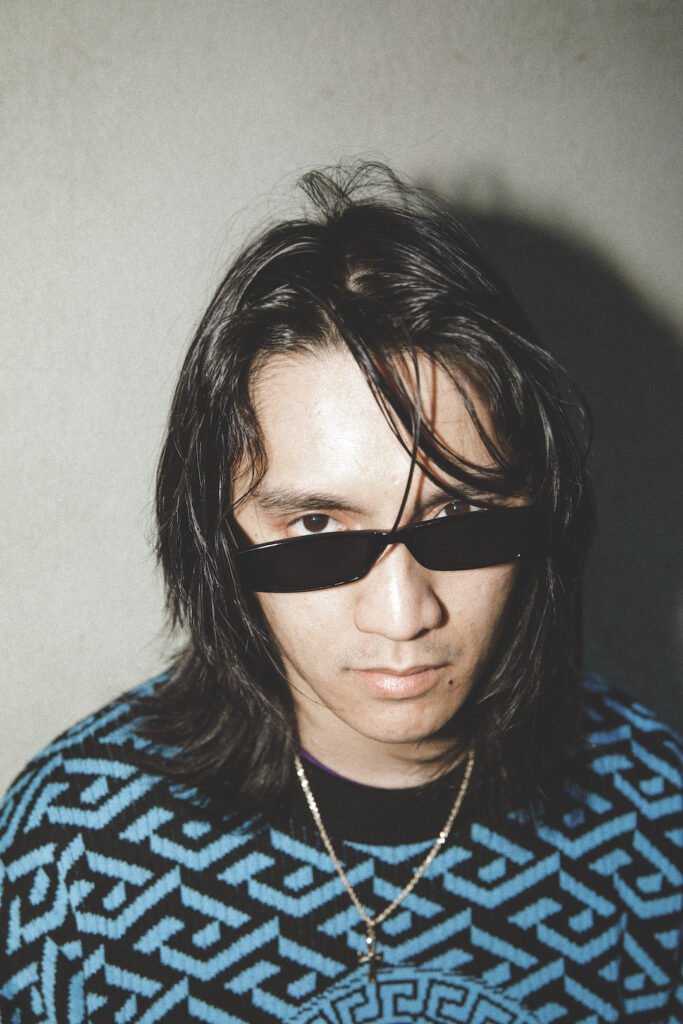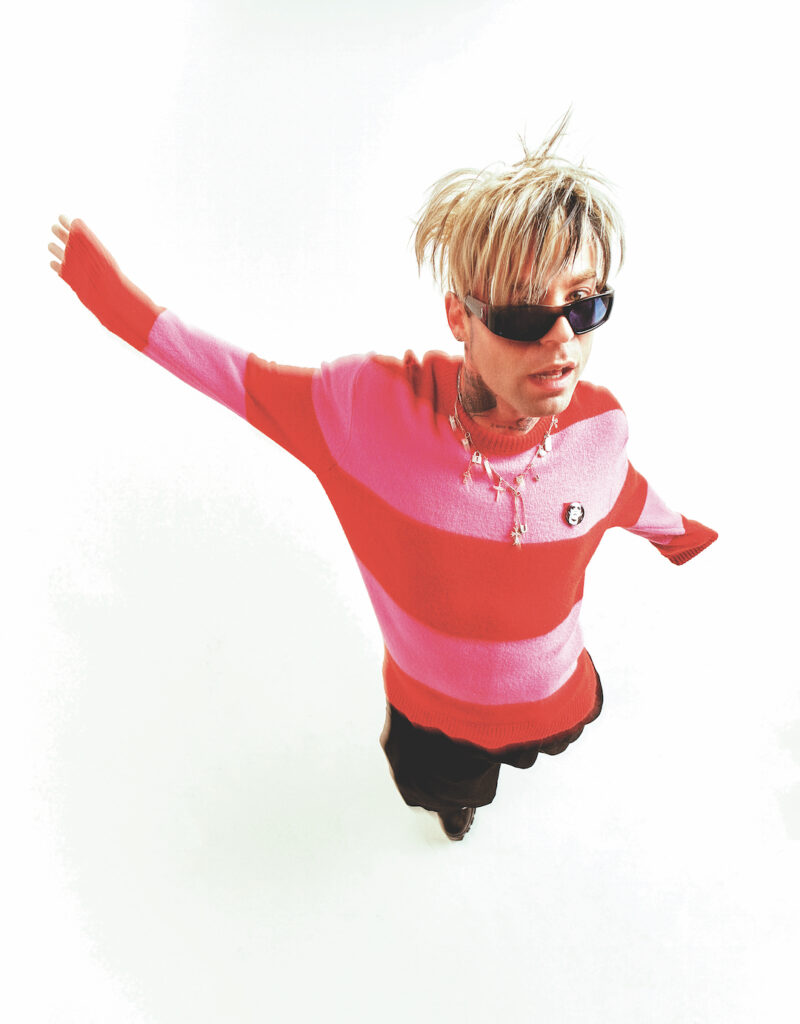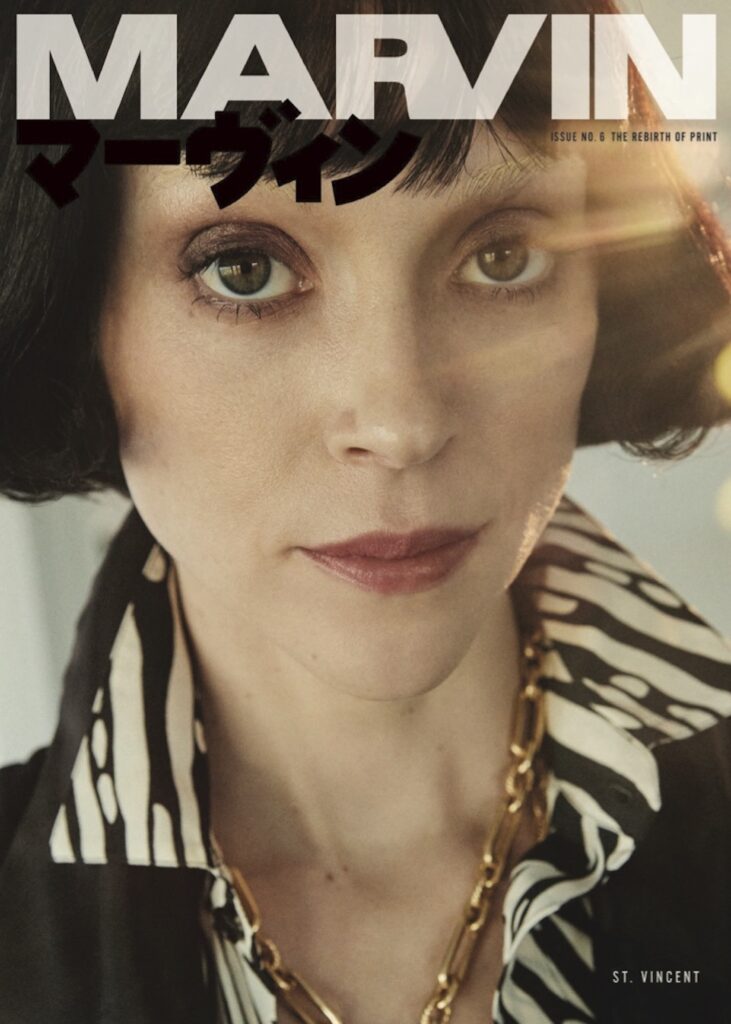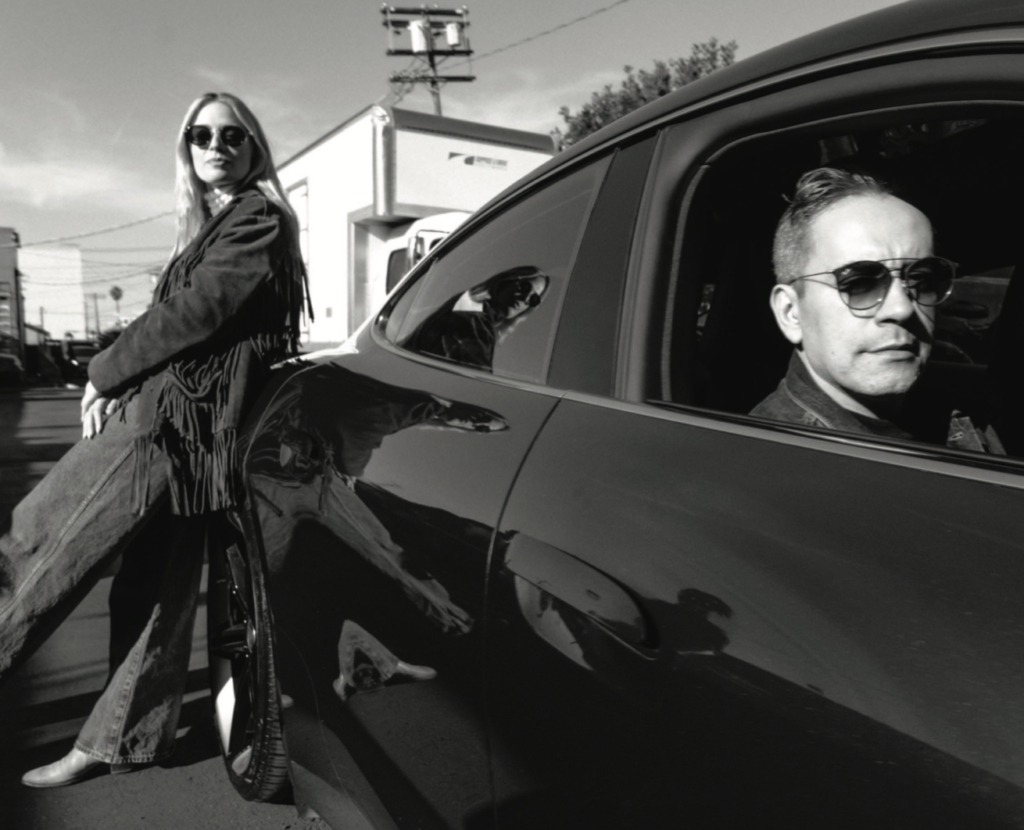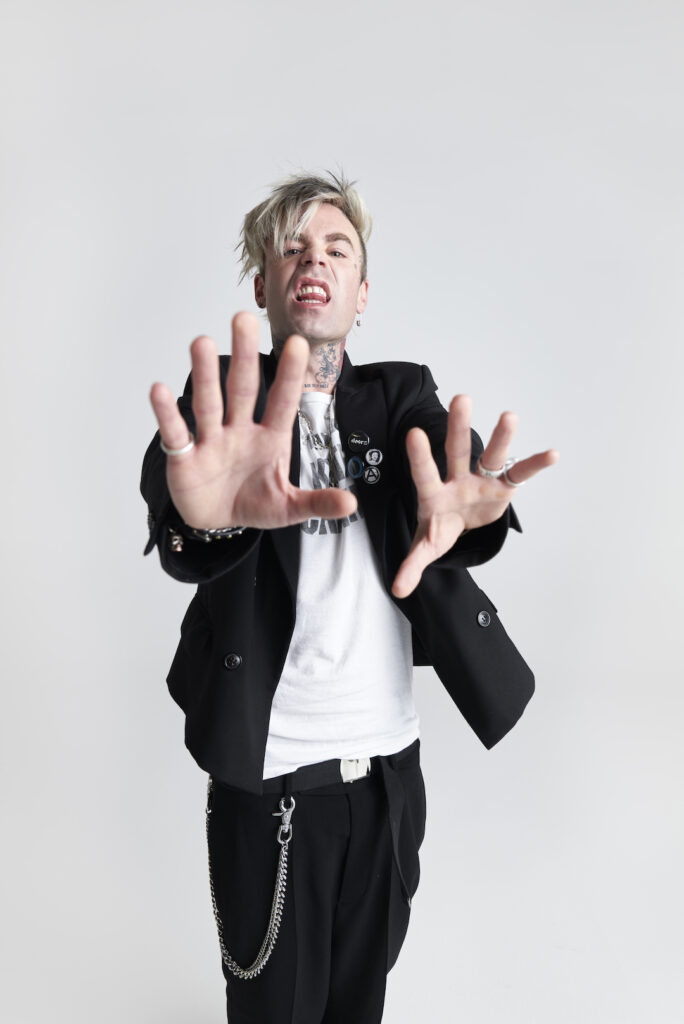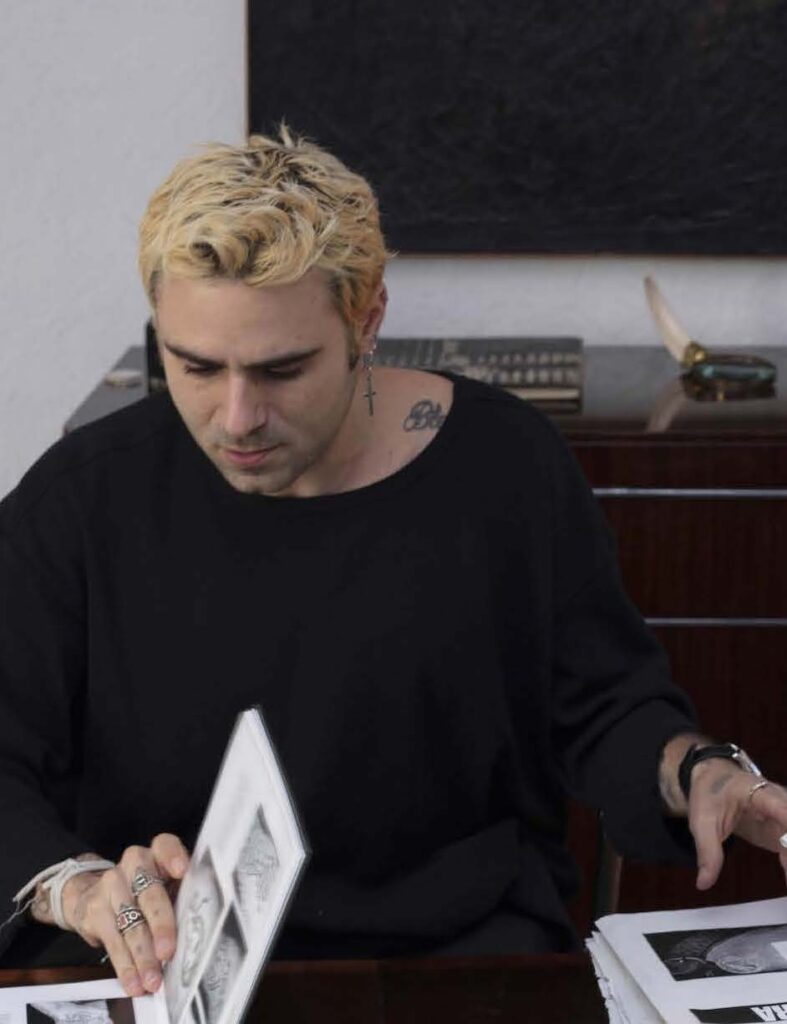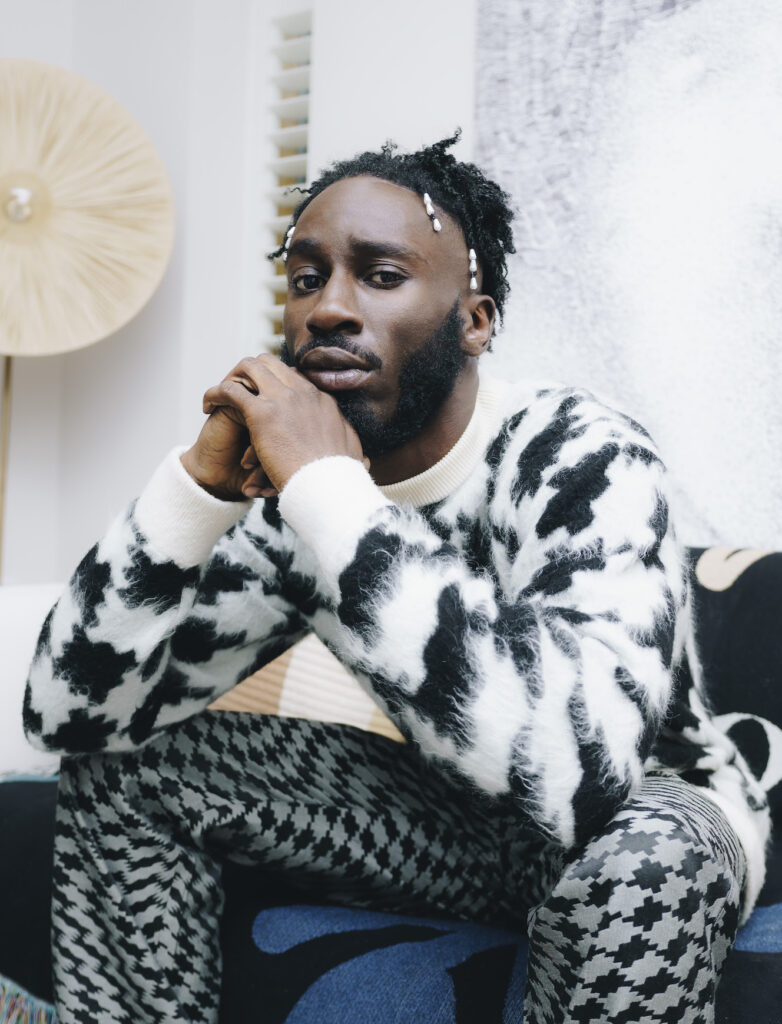“The Making of Trainspotting” Celebrates 25 Years of the Iconic Novel with Limited Edition Release
Words by Jay Glennie
Photography Courtesy of The Making of Trainspotting by Jay Glennie/The Andrew Macdonald Archives

Choose one of the greatest novels ever written. Choose one of the greatest films of the 90s. Choose one of the greatest films of any decade. Choose one of the greatest soundtracks ever. Choose Trainspotting.
I met Irvine Welsh over our love of the iconic 1970 film Performance, starring Mick Jagger and James Fox. I had written what was to be my first large format limited edition book on the making of the film and Irvine contributed once again to its enduring legacy.
Another fan of the Nicolas Roeg and Donald Cammell film was director Danny Boyle. Danny and I met and it felt a natural fit to celebrate his film with another large format edition book. “Trainspotting is one of the greatest debut novels ever; I think it was one of those
moments in literature where the breakthrough is made in terms of how you can assemble a novel,” says Boyle. He sent invites out to the main cast and introduced me to producer Andrew Macdonald and screenwriter John Hodge. We were off!
Obviously I had to go right back to the very beginning for my quest at unearthing the story behind this seminal film and that meant chatting with the man whose fault it all was: author Irvine Welsh. I started by asking him about the creative juices behind setting down to wrote his debut novel.
Those big comedowns after dancing all night to a great soundtrack of acid house music, getting home feeling kinda fucked were where I found a good time to write; I’d bang the stuff out. Those early mornings, my imagination fueled and running wild with great characters, I found cathartic.
Welsh looks back on what he calls a “daft little book” that sold 10,000 copies, turning him into a hero at home in Scotland. Trainspotting made its way to London and sales morphed into a 100,000; suddenly he was now “a wanker.” The book, or for that matter the author hadn’t changed. Within a few short years, the “daft little book” had sold a million copies and rising. From that initial print run, Irvine’s book found its way to producer Andrew Macdonald who was looking to follow up the multi-award winning hit film he had produced for Danny Boyle: Shallow Grave. “I had been passed Trainspotting by a friend of mine,” Macdonald recounts. “I am not a huge reader; it can be a little tiresome as I am always looking for a film in whatever I pick up. Well, in Trainspotting I found one.” He immediately passed it to his two business partners, screenwriter John Hodge and Danny Boyle.

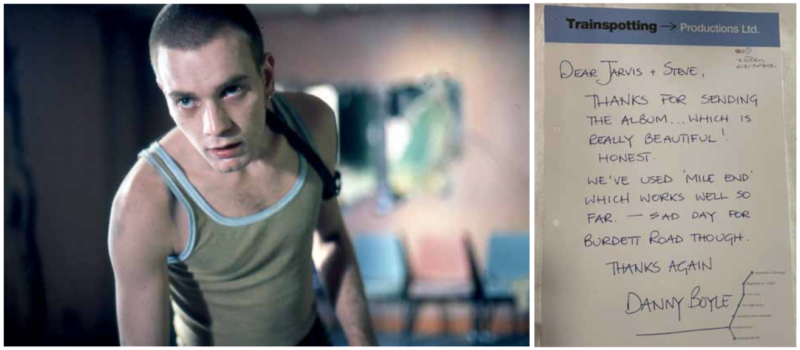
“It was a magical read but so far removed from being
a film, it was all over the place,” says Boyle. Undeterred they tasked Hodge with finding a way in and unlocking Irvine’s masterpiece. “We wanted to make a film that wasn’t just a tribute to the book, but could stand alone as a piece of cinema,” says Hodge. “You want to make use of those tools which are available to you in cinema – visual surprise, juxtaposition – because you cannot compete with the subtlety and nuances you can achieve when writing prose.”
Hodge applauded Irvine’s nobility allowing him the space to create a screenplay. For Irvine it was the only way it could successfully work.
As an author I feel it is your job to find the very best people and let them get on with what they do best. If you interfere, you just fuck it up and mess with the energy. Look, if I’d written the screenplay it would have been a lot different from the book. Nah, best left to John was my fucking thinking.
Danny recalled receiving Hodge’s first draft and moving between tears and laughter.
We had no reason to believe that it could be a film. I mean anybody sensible will tell you that it is never going to get made. It just won’t work. It is so particular; its vernacular; its accent; its setting; its behavior. I absolutely loved the book. All three of us did but it wasn’t sensible to think we could make a film of it. But John had done it. We had hoped and now we could believe. You bet we just fucking said, ‘let’s do it!’
With their belief that Hodge was in the right place, they set about piecing together the perfect cast. For Renton they looked no further than their Shallow Grave star, Ewan McGregor. Looking back McGregor knew that the role of Renton “would be something special” but he was nobody’s idea of the archetypical heroin addict. So he went away and went a little “method.”
“It was easy,” MacGregor laughs. “I grilled every- thing, stopped drinking beer, drank lots of gin instead and the weight just fucking fell off.” Boyle recalled their star returning six weeks later shaven-haired “and as skinny as fuck. He was fucking Renton.”
With their lead in place they set about finding the rest of the ensemble. Boyle called it a believer thing. “You had to be a believer in the film, a believer in the novel. It could not just be another film. The three of us: John, Andrew and I were believers. We wanted to surround ourselves with fellow believers.” They found them in a small psycho called Robert Carlyle, Ewen Bremner, Kevin McKidd, Jonny Lee Miller and newcomer, Kelly Macdonald.
Prior to a meeting with Boyle about Trainspotting, Carlyle thought that perhaps Sick Boy would be the best role for him. That was until Danny pointed out that “small psychos are the best.”
“That was that!” said Carlyle. “Now I cannae see Begbie being played by a big guy. There is something about the aggression of an average size Scottish male that is quite voracious.”
Ewen Bremner told me that after playing the role of Renton on stage for two years he had initially turned the film down when offered the part of Spud but after “burying my ego, in the end it came down to a great script, wanting to work with Danny and that I am from Portobello, just a couple of miles from Leith. I knew that world and I just felt the characters were part of my heritage.”
When casting agent Gail Stevens first broached the subject of Jonny Lee Miller playing Sick Boy, Danny Boyle’s response was “he’s not Scottish he’s from fuck- ing Surrey, England!”
“But,” he says “then you meet Jonny and instantly you thought of Sick Boy. He was lolling around in the chair every inch Sick Boy.”
For Diane, Boyle was looking for “somebody completely new because she had to play this double role of a sophisticated young woman and yet she turns out to be a schoolgirl.” They set about Edinburgh and Glasgow with flyers, one of which landed in the hands of Kelly Macdonald. Having never acted before and at the time working in a bar, something otherworldly pushed Macdonald along to the open auditions.
She won the role of Diane.
With their cast in place, the team set themselves up in an abandoned cigarette factory in Glasgow which had been turned into a temporary film studio for all of the interior scenes, while the infamous “Lust for Life” open- ing was shot in Princes Street, Edinburgh. “Danny nearly killed me shooting that scene as we run away from the security guards,” recalled Bremner. “I could feel the bike getting closer literally blowing the hairs on my neck! It was like take nine, I’m exhausted and I ended up taking a somersault down the street!” Danny confirmed this, say- ing “the face of Spud was looking up at us. I could see Ewen thinking, ‘what the fuck is going on, you ran over me!’”
The next day also thinking “what the fuck?” was Ewan McGregor. “The following morning after travelling back to Glasgow, I was aching from head to foot, like I had been kicked around.” His co-star’s commitment was applauded by Kevin McKidd, who played Tommy, calling it “one of the best openings to a film ever; certainly one of the best openings to a film that I have been in!”
While his fellow cast members were counting their bruises, Robert Carlyle was looking for the way into playing Begbie. He and costume designer Rachael Fleming had hit upon the “English casual” look: smart trousers and colorful sweaters, as a counterpart to Begbie’s inherent violence. But the question still arose: how far could he take the part? The answer came when he got to use his pint glass as a weapon and take on anybody foolish enough to step in his way. “Once the pint glass was out of my hand and I glassed the fella, I suddenly realized I could do anything in this film, anything at all and that was a great release,” Carlyle told me. Kelly Macdonald recalls she was a nervous wreck who hid herself in the toilets while waiting for her call. Meeting the man with whom she was to share sex scenes was daunting. “I was 19 and a bag of nerves. I felt so daunted to meet Ewan. He was on TV and was mostly naked on TV as well. In fact, Ewan was maybe the first man I had ever seen nude!”
As filming progressed, producer Andrew Macdonald set about organizing the promotional aspects which included a successful poster campaign and what would become an immortal soundtrack. “Danny has a huge passion for music and always knows every song,” said Macdonald. He was determined to honor the group of artists his friend had brought together with a soundtrack. “Danny had decided that he wanted the Tarantino and Scorsese approach and use licensed songs.”
The sticking point for this was a serious lack of funds. They only had £80,000 (about $110,000) so a points deal was understood as the only viable way forward. Each artist such as Blur, Primal Scream, Lou Reed, Pulp, Underworld and Leftfield would be paid a nominal fee and if the film and soundtrack proved successful, their fee would increase. “I wanted to create a music journey,” continued Boyle. “We wanted Iggy Pop, the godfather of punk if you like; I’d always loved him and Irvine too, so he was on the wish list and then we could use some 80s songs and then songs from around when we made the film. You have a clear line but they don’t lock the film down to a period.”
By this time Irvine had grown a friendship with Iggy Pop and called him up to help grease the wheels. The massaging helped. As did the formal courting from the film’s director. It left an impression on the singer. “I was informed about the film very politely and correctly through channels of Danny Boyle’s,” commended Pop. “I was told that the song had been used and that Danny wanted me to hear it properly.”

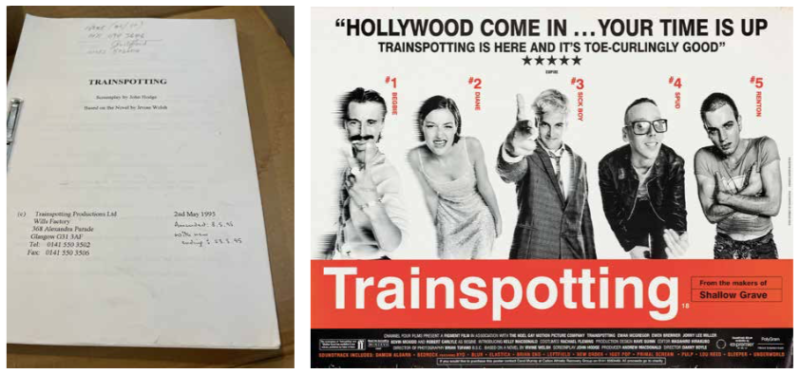
Pop wasn’t sure how Welsh’s book had originally appeared but somehow it had found its way past the doorman at Christodora House and wound its way into his 4th floor apartment where it took up residence on a cheap antique coffee table. He’d been told the author was a huge fan and the story contained many references to his music; reason enough to let the book share space with him for a while at 143 Avenue B. The two skulls on the cover looked cool, and if their rictus grins were anything to go by, they were enjoying Pop’s castle in the sky with its views over Tompkins Square Park. He cracked the spine of the novel and fell down Welsh’s Edinburgh rabbit hole and its cast of anthropomorphic creatures; many of them resembling characters he’d met on his own adventures.
“I got a big chuckle out of the whole thing,” Pop recalled. “The gang in the book reminded me so much of The Stooges. I felt a sense of fatherly pride toward the character Sick Boy, who had obviously derived from my song “Death Trip.” I was also happy about the scenes in which he spends his girlfriend’s birthday present money to go see me play at Barrowland Ballroom. This was a rough, tough rock ’em, sock ‘em rock and R&B. Get your cheap drugs, drink cheap whiskey, puke your guts out, in a repurposed working man’s ballroom in [Glasgow] Scotland.”
Boyle arranged for Iggy Pop to see the film before its release and he recalled it taking his breath away. “Here was the music I had struggled for so very long, up front and immediate. Loud as fuck, perfectly detailed and brilliantly acted in its entirety. Wow. That never happens. So that was great to put it mildly.”
The Trainspotting soundtrack would break all records to become one of the bestselling albums of all time and would prove to be the perfect marketing to propel the release of the film. Danny Boyle’s film was a critical and financial hit. It of course caused pain for the more right wing members of the press who claimed that it would cause everyone to pick up a needle and become a heroin addict. The drug pandemic of course never happened. What did happen was the advent of the skinny jean becoming the must have fashion item. One that Ewan McGregor still feels comfortable wear- ing today. “I’m still wearing skinny jeans now! Nowadays I feel like my dad when I think about wearing something of a more relaxed fit. I put them on and I don’t feel like me anymore!”
The critics loved the film, calling it the best film of the decade. Noel Gallagher famously steered his band Oasis away from a film about “Trainspotting! Who the fuck is interested in a film about train spotters? No thanks!” Noel, speaking to me 25 years later, calls it the best film of the 90s.
Trainspotting all began with one man: Irvine Welsh. What does he make of the film 25 years?
I did my best to write a story that was about the transition to a world without paid work but also the spirit of youth and the joy of being young, despite the most horrendous of circumstances. All I wanted from any movie of the book was that it encompassed these two elements. Danny’s film did that, and that’s why it continues to be an essential rites-of-passage watch for subsequent generations of youth. It did more, and with such style and aplomb. It embodies the spirit of all that is good in independent filmmaking. Aim high, take risks and show people something they’ve never seen before. I’ll always have love for it and everyone attached to it.
Jay Glennie is the author of The Making of Trainspotting, the limited edition large format book available now.



